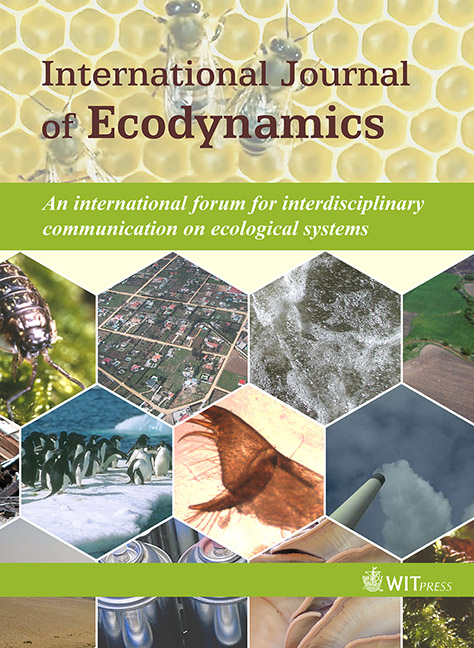Four-dimensional design: from strategies to cases – generation of fractal grammar for reusing building elements
Price
Free (open access)
Volume
Volume 2 (2007), Issue 4
Pages
19
Page Range
258 - 277
Paper DOI
10.2495/ECO-V2-N4-258-277
Copyright
WIT Press
Author(s)
W. Debacker, C. Henrotay, A. Paduart, S. Elsen, W.P. De Wilde, H. Hendrickx
Abstract
Because of its scale and the role it plays in our lives, a healthy built environment is of vital importance. As a part of material culture, buildings have to support human needs. But because of their static nature, obtained through design, most contemporary buildings and their components have a negative impact on their surroundings. The huge quantities of waste produced during demolition and the still rising emission of greenhouse gases created during use of the building, manufacture and waste treatment of its components are environmental indicators of an inefficient and unhealthy design. Moreover, a socio-economic paradox has been created. Due to inadequate design many buildings are unable to adapt to (fast-changing) contemporary requirements. As a result many constructions are left to their fate and decay. This inefficient use of matter and space is in sharp contrast with a global need for affordable housing. In high density countries, such as Belgium, building plots are scarce and expensive. In addition to this, the UN Human Settlements Programme (UN-HABITAT) estimates that 600 million urban residents and 1 billion rural dwellers in developing countries live in inadequate housing. In this paper, three main methods that integrate the fourth dimension, i.e. time, into design are described: design for adaptability (construction reuse), design for deconstruction (component reuse) and design for dismantling (material reuse). These four-dimensional design strategies strive for a healthy built environment, by taking into account, as from the first sketches, the wear and tear of artefacts and the changing and evolving circumstances that will affect them. The design of several construction kits, developed at the Vrije Universiteit Brussel, shows that the designer must pay attention to detailing. The key detailing principles and two design cases are further examined in this paper.
Keywords
adaptability, conservation of resources, deconstruction, design cases, detailing principles, dismantling, fractal geometry, reuse of building elements




